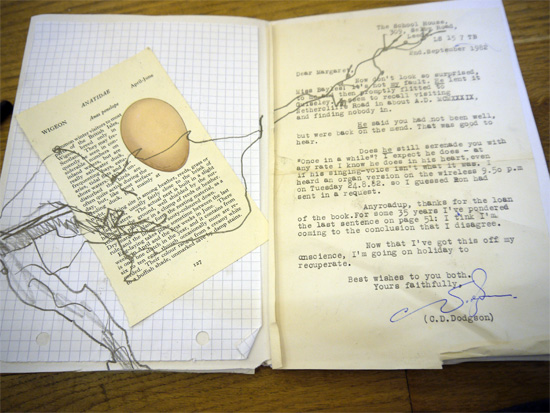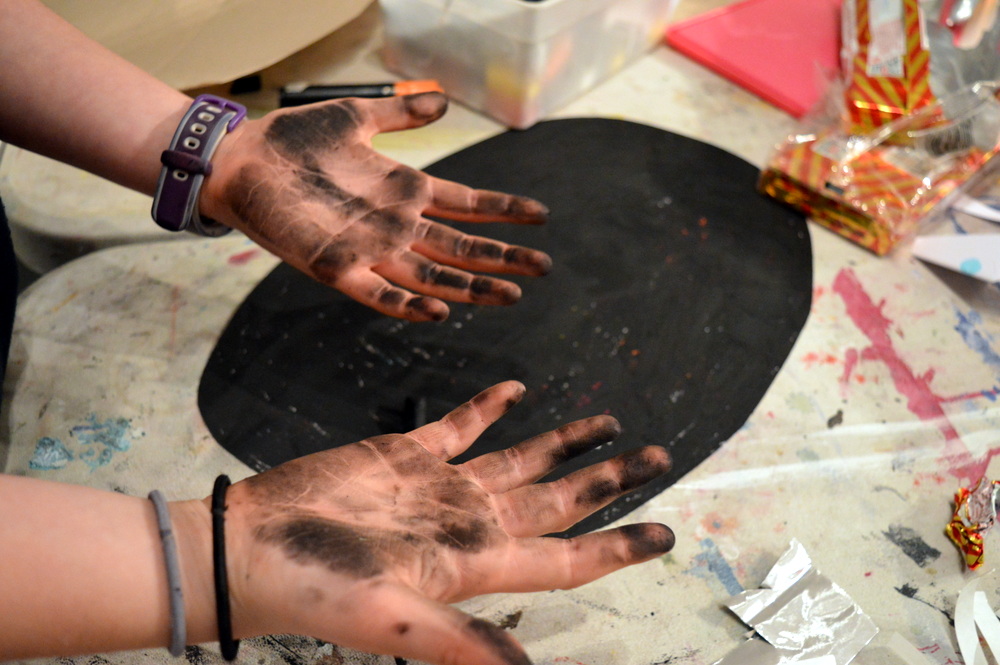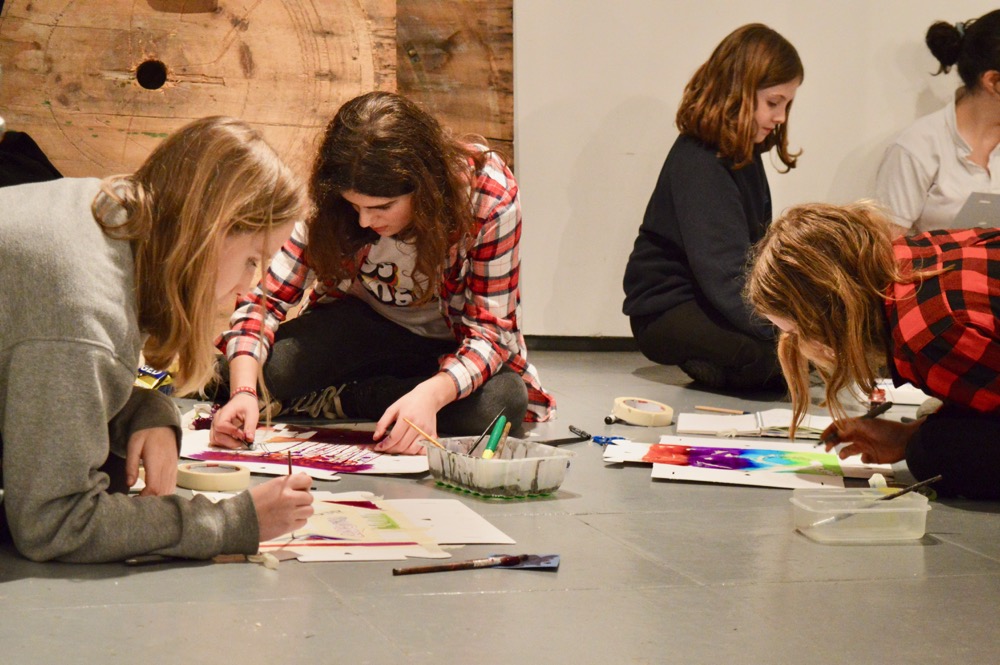Exercise for Making an Artist’s Book or Sketchbook
By Paula Briggs
Following on from our earlier session making book art, this week in our Drawing and Making Workshops for ages 6 to 10 we made an artist’s book using collage and drawing, from a single sheet of paper. The whole session was run as an exercise, with the children guided along the process, yet with plenty of space for them to develop their own drawing style and thought processes.
The clue for this project came from a previous warm-up exercise: Making Stronger Drawings where we explored how drawing over an existing image can help inform the marks you make.

To access all content, I would like to join as…
AccessArt is a UK Charity and we believe everyone has the right to be creative. AccessArt provides inspiration to help us all reach our creative potential.



jane shepherd
May 30, 2014 @ 1:18 pm
What a great idea to get the students to be creative in a more unstructured way. I like the way that the drawing breaks up when you fold the book pages into place creating new images.
Julia J
October 22, 2022 @ 2:44 pm
Thank you so much for this resource. I carried out this activity with a number of Year 5 pupils. They loved creating their own unique sketchbooks and drawing onto different surfaces. Placing the objects onto the folded paper really helped pupils to draw the objects to a larger scale.
Paula
October 24, 2022 @ 9:29 am
Hi Julia thank you for the feedback – we’re so glad to hear its going well and yes it really does help doesn’t it! Simple but builds skills. Good luck, Paula
Emma T
September 30, 2023 @ 2:42 pm
Where do you get all of the different types of paper?
Rachel
October 2, 2023 @ 9:34 am
Hi Emma, you can use all sorts of scrap paper for making sketchbooks as well as discarded or unclaimed art work that’s been cut up. Things like rolls of brown packing paper are good, sugar paper, wall paper etc. You can also do a call out among your parents to see if you can get some donations in. Try and avoid printer copier paper if you can as this is a little thin. I hope this helps!